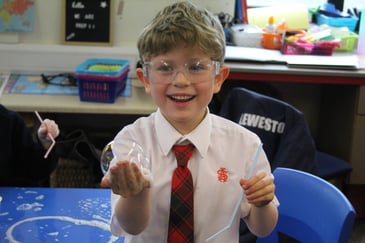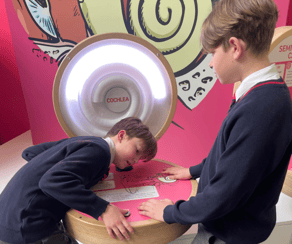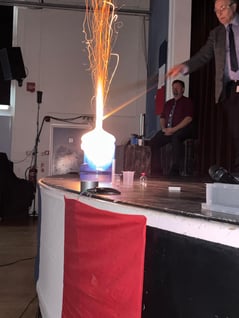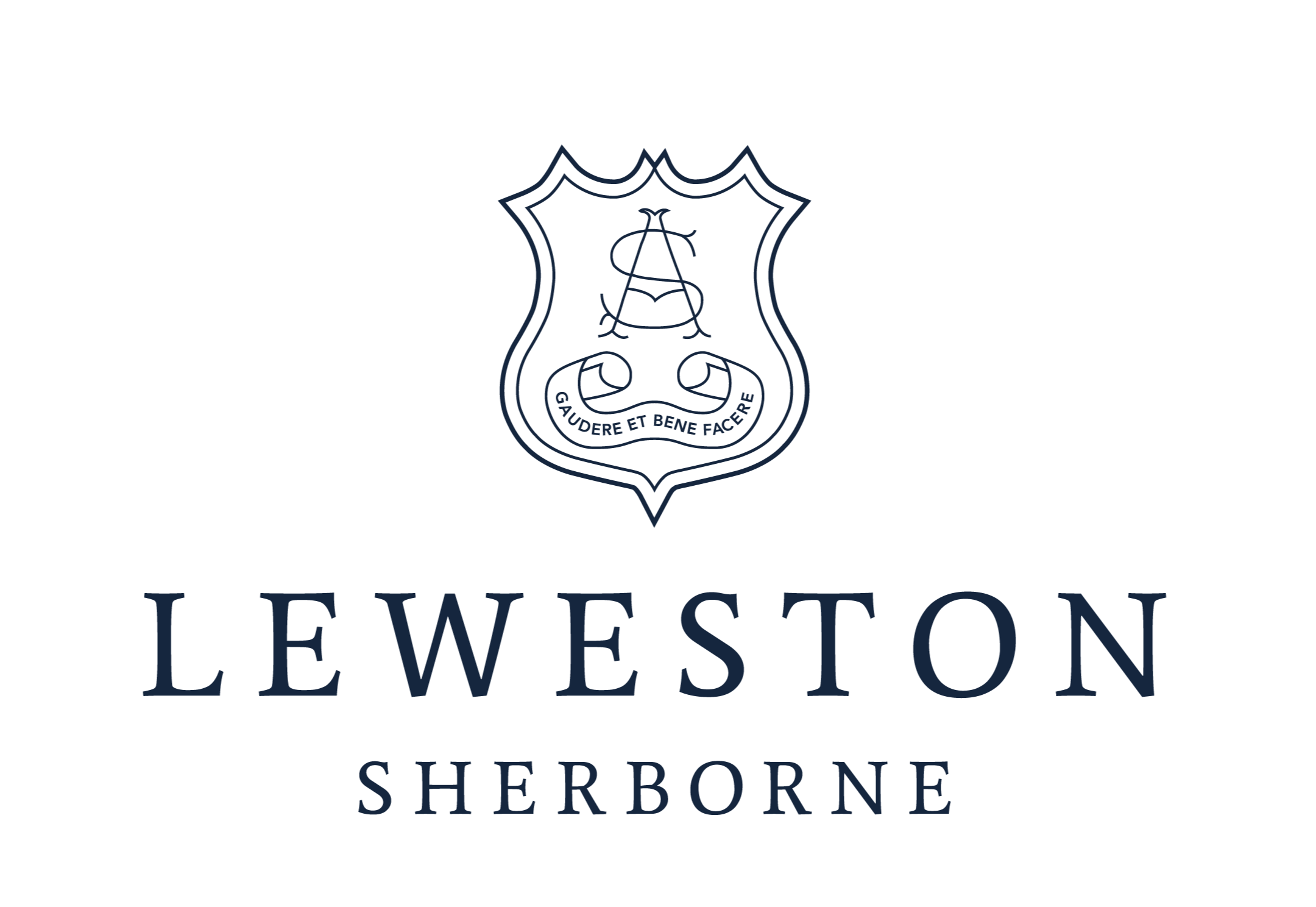Igniting Curiosity: British Science Week at Leweston School

British Science Week in Leweston Prep
One of the highlights of British Science Week at Leweston School is the wide range of interactive experiments available for students of all ages. These experiments are designed to be hands-on and engaging, allowing students to actively participate and learn through direct experience.
Students ranging from Reception Class to Prep 6 eagerly immersed themselves in a plethora of engaging and captivating science experiments.
 From the youngest learners in Reception Class, Prep 1, to the more advanced students in Prep 6, everyone participated in a fascinating bubble experiment. Armed with just water, washing up liquid, and Glycerine, pupils used straws to create a spectacle of bubbles. They explored the art of blowing multiple bubbles side by side and even within each other! Some exceptionally skilled students even showcased their ability to hold bubbles in their hands.
From the youngest learners in Reception Class, Prep 1, to the more advanced students in Prep 6, everyone participated in a fascinating bubble experiment. Armed with just water, washing up liquid, and Glycerine, pupils used straws to create a spectacle of bubbles. They explored the art of blowing multiple bubbles side by side and even within each other! Some exceptionally skilled students even showcased their ability to hold bubbles in their hands.
In addition to the bubble experiment, slime creations and moving scribble pots were a hit among students in Prep 3. Meanwhile, Prep 4 ventured into the realm of hands-on engineering by crafting their very own wooden, powered cars using elastic bands.
The excitement didn't stop there - Prep 6 embarked on a journey of discovery at the Winchester Science Centre. From delving into the intricacies of hearts and peak flow to unravelling the mysteries of planetary acoustics, every student relished the opportunity to broaden their scientific knowledge and explore a multitude of fascinating facts.
Winchester Science Centre. From delving into the intricacies of hearts and peak flow to unravelling the mysteries of planetary acoustics, every student relished the opportunity to broaden their scientific knowledge and explore a multitude of fascinating facts.
View the Prep gallery:

British Science Week in the Senior School
In the Senior School, Year 7 also participated in their own bubble experiment, exploring the different variables that could affect the outcomes.
Year 8 created their own 'tumblewings' - made from two pieces of paper which are connected and dropped to create a spinning motion, which highlights how air can also be a force.
 Year 7, 8 and 9 took part in a science assembly led by the Science Department. The assembly promoted accessible science for students with each teacher demonstrating a different experiment:
Year 7, 8 and 9 took part in a science assembly led by the Science Department. The assembly promoted accessible science for students with each teacher demonstrating a different experiment:
Dr Whale, Whoosh Bottle.
Mr Najako, Rijke Tube (singing tube).
Mr Hudson, Vortex cannon.
Dr. Philpott, Teddy Terror
View the Senior gallery:

GCSE Live
The week before British Science Week, Leweston's Science GCSE students went to Bath for a GCSE Live trip. Elizabeth, Year 10, wrote about the day:
The first speaker of the day was Professor Robert Winston, a medical doctor specialising in human fertility. His communication of this subject was incredibly engaging and was easy to listen to and learn from. He explained clearly what happens by using real footage of the actual moment when an egg is fertilised, which was really interesting to see.
Then, we listened to the Chief GCSE examiner, Stewart Chenery. He discussed the importance of looking at mark schemes and understanding question requirements to gain full marks. He also stated that you don't always have to elaborate; instead, he advised you to stick to the key points. He also highlighted the importance of command words; compare, evaluate, describe and explain.
The second speaker was Professor Dave Cliff, who is a research scientist in the area of computers for several companies. He discussed how computer technology can help generate bionic limbs that are fully functioning. He explained how, after time, the bionic limbs learn the person's habits and will function and be used in the same way that a person's real limb would, which was fascinating.
The next speaker was Dr Jess Wade, a physicist in the Blackett Laboratory at Imperial College London, specialising in Raman spectroscopy. Her research investigates polymer-based organic light-emitting diodes (OLEDs). Dr Jess talked about chirality, asymmetric in such a way that the structure and its mirror image are not superimposable, and how to utilise it in different areas.
 The next speaker was Professor Alice Roberts, a clinical anatomist of Public Engagement in Science at the University of Birmingham. She has presented various programmes on BBC2, authored four popular science books about anatomy and human evolution and writes a regular science column for The Observer. Professor Alice talked about archaeology and how, just from human remains and what they are buried with, you can figure out the person's place of origin, injuries, ethnicity, age of death and type of lifestyle, e.g. hunter, craftsman. It was amazing to hear all the background information of a person you can find out just from their bones.
The next speaker was Professor Alice Roberts, a clinical anatomist of Public Engagement in Science at the University of Birmingham. She has presented various programmes on BBC2, authored four popular science books about anatomy and human evolution and writes a regular science column for The Observer. Professor Alice talked about archaeology and how, just from human remains and what they are buried with, you can figure out the person's place of origin, injuries, ethnicity, age of death and type of lifestyle, e.g. hunter, craftsman. It was amazing to hear all the background information of a person you can find out just from their bones.
The last speaker was Professor Andrea Sella, a Professor of Chemistry in the Faculty of Maths and Physical Science at UCL. Professor Andrea was a fantastic chemistry lecturer who explained chemical processes while actively using them on stage to illustrate his points. He was visually explaining how zebras get their stripes, which was amazing as it was super easy to understand due to the visible experiment going live on stage.
Overall, the day was both fascinating and stimulating.
